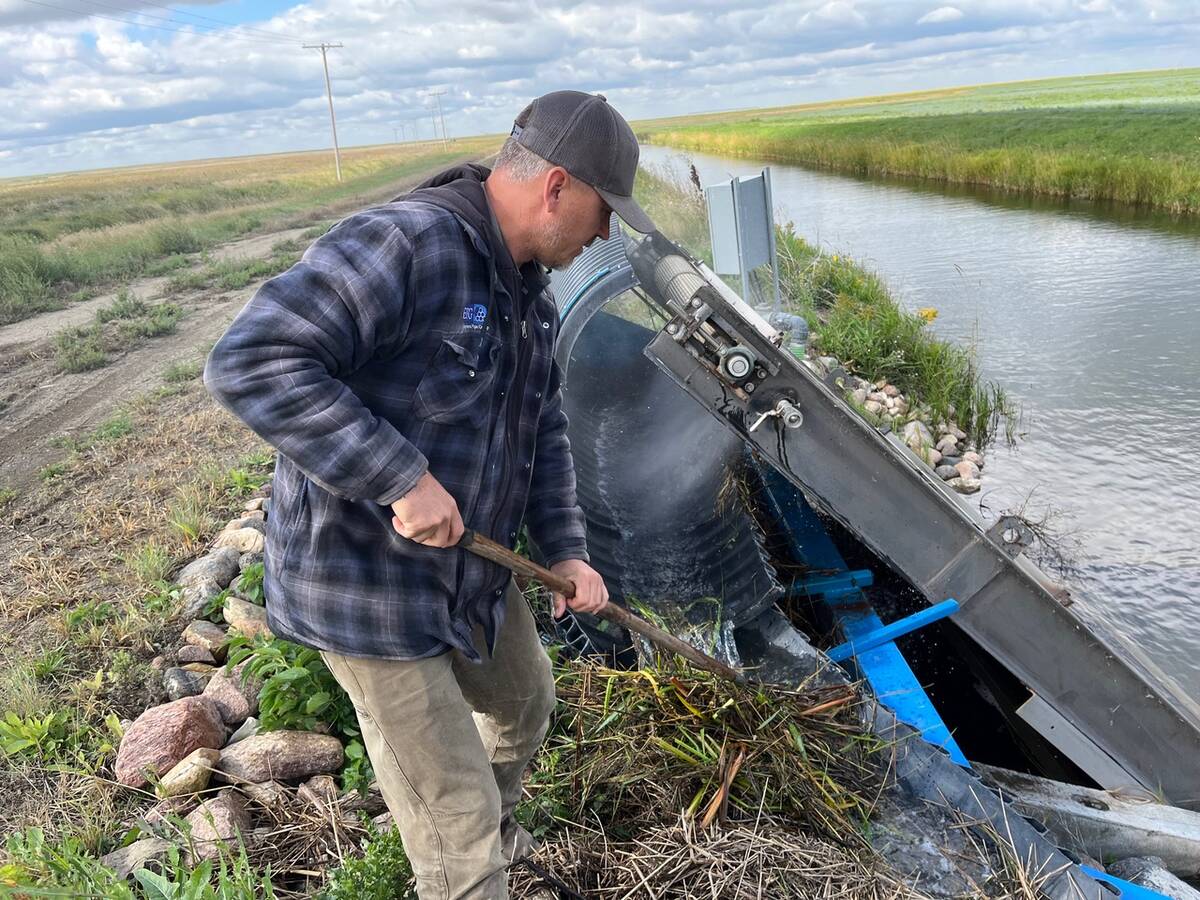Once home to half of the University of Saskatchewan campus, the university’s College Building has reopened.
It had been closed since 1997 because of
structural failures in its concrete frame, but the
93-year-old building was recommissioned on Sept. 6 after a $20.7
million restoration.
Completed in 1912 at a cost of $297,000, the building housed cheese ripening, butter making, milk testing and a variety of chemistry and biology classrooms and labs that supported the university’s agriculture programs.
During the building’s design stage, agriculture dean W.J Rutherford requested the addition of Convocation Hall as an assembly space for farmers. The hall was used for decades for extension training and agricultural meetings.
Read Also

Saskatchewan farmer uses tile drainage to manage water
The integration of both irrigation and tile drainage results in higher yields, water efficiency, improved soils and less nutrient runoff, says one producer.
In 1933 it became the first home of the Saskatoon Symphony and until its closure was a premier musical recording location.
The Saskatchewan Agricultural Graduates Association was formed in 1935 and met in the building.
The College Building’s redevelopment has been the largest architectural conservation project in Canada, other than the Parliament buildings in Ottawa.
Where milk was once separated, a state of the art public gallery now shows the work of prairie painter Allan Sapp.
A second gallery is located directly above the first in the former lecture theatre while the world’s only quartet collection of Amati stringed instruments is displayed behind bulletproof glass in the cloakroom that once held farmer’s toe rubbers, coats and hats at the entrance to Convocation Hall.
New mechanical systems and drywall were added during the renovations, but the project also restored or conserved original doors, slate stairs and tile work.
In homage to the building’s original design, glass windows form interior walls to expose the terracotta bricks and concrete frame of the original building.
On the second floor, 342 heritage memorial ribbon plaques that honour by name every student and faculty member who served in the First World War have been restored. Sixty-seven plaques bear the names of those who died in the war.
The university president’s office and the board
of governors meeting room will be returning
to the building.
















